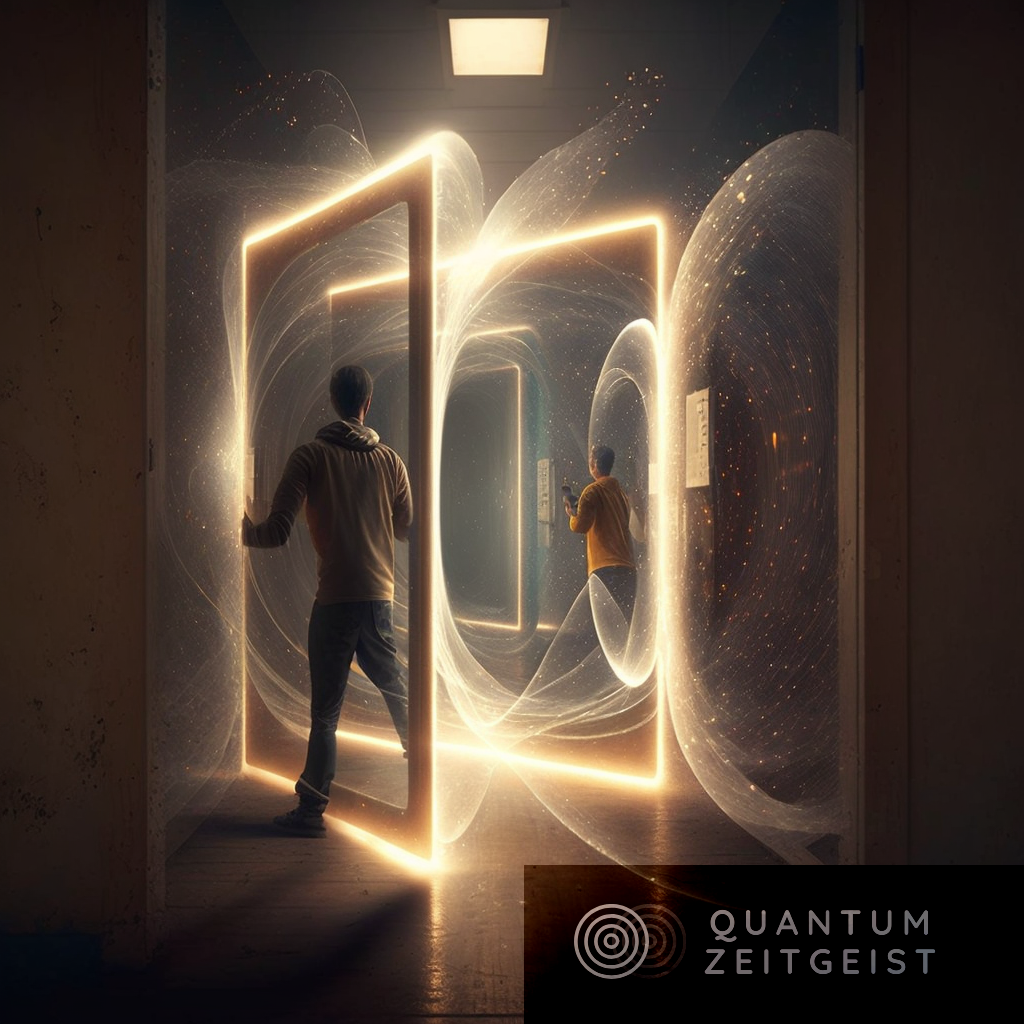According to a recent publication in Nature Communications, a group from the Institute of Photonic Sciences (ICFO) led by ICREA Prof. Hugues de Riedmatten has successfully achieved long-distance teleportation of quantum information from a photon to a solid-state qubit. The approach employed in their study was time-multiplexed, which increased the teleportation rate and was directly compatible with the deployed telecommunication networks.
Transferring quantum information between remote parties remains a fundamental and challenging requirement in quantum communication. A crucial aspect of successful quantum teleportation is accessing the qubit after the transfer, allowing for further use of the quantum information. To achieve this goal over long distances, the desired qubit must be teleported to a matter qubit stored in a quantum memory with a storage time longer than the two-way communication time between parties.
In the study, the qubit was stored in a multiplexed quantum memory. The experiment utilized an active feed-forward scheme that, combined with the multimodality of the memory, enabled a maximum teleportation rate.
Overall, the findings provided promising implications for developing long-distance quantum communication and highlighted the potential of multimodal quantum teleportation architectures.
Use of Multiplexed Quantum Teleportation with Multimodal Architecture for Long-Distance Quantum Communication
The researchers reported a multiplexed quantum teleportation from a photonic qubit at telecom wavelength to a matter qubit separated by 1 km of optical fiber. Based on a praseodymium-doped crystal, the qubit is encoded as a collective excitation in solid-state quantum memory. It is stored for a duration longer than the two-way communication time.
The architecture of the experiment features multimodality, allowing for an increase in the repetition rate by a factor of about three beyond the limit set for a single mode equivalent without degrading the fidelity of the teleported state.
These two key features are crucial for the scalability and practical implementation of the system and will play a pivotal role in the development of long-distance quantum communication. The findings of this study have promising implications for the advancement of quantum communication technology.
The researchers have had access to the qubit after processing the result of the remote Bell state measurement resulting in a unitary transformation, which led to the enabling of the addition of active feed-forward control required by the teleportation protocol.
Temporal Multiplexing for Increased Teleportation Rates
The generated qubits were sent to interfere with the telecom idler photons from Alice at a beam splitter (BS) and were detected at the output modes using superconducting nanowire detectors. The joint state of the telecom time-bin qubit and the idler photon was projected into the Bell state if two consecutive detections occurred at the same output of the BS, thus heralding the teleportation of the qubit into the Pr3+ ions.
To increase the rate of teleportation attempts beyond the limit imposed by the communication time, the researchers used a temporally-multiplexed protocol, which did not degrade the quality of the teleported qubit.
For quantum teleportation over a distance of 1 km, the approach resulted in a repetition rate three times higher than for the case of a single-mode memory, limited only by the speed of the logic hardware. The researchers suggest that this difference will become more pronounced for larger distances between Alice and Bob.
To further extend the distance between Alice and Bob, the storage time of the matter qubits can be increased by utilizing the long-lived spin state of the Pr3+ ions with dynamical decoupling techniques. This would also allow on-demand read-out of the stored qubits.
Additionally, higher rates of teleportation attempts can be achieved by combining the existing temporal multimodality with other degrees of freedom already demonstrated in this system.
Generating Entangled Photon Pairs and a Telecom Qubit Source
The researchers utilized a natural energy-time entanglement in spontaneous parametric down-conversion (SPDC) processes to generate photon pairs entangled in time. This entanglement is exhibited when the pump laser’s coherence time τpump of the pump laser is much longer than the coherence time τpair of the photon pairs created.
In this case, a coherent generation of one photon pair is allowed during the coherence time of the pump beam. To enable a successful Bell-state measurement (BSM), indistinguishability in all possible degrees of freedom between the qubit states generated by Bob and the idler photons is required.
To achieve this, a second non-linear crystal placed inside a resonator with the same specifications as that of the cSPDC source was used to generate weak coherent states at the same wavelength as the idler photons (1436 nm). This crystal was operated as an optical parametric oscillator (OPO), and difference frequency generation (DFG) was performed between the pump laser (426 nm) and the reference 606 nm light to create the telecom qubit source.
In conclusion, the research findings indicate that qubits can be teleported multiplexed to a remote solid-state quantum memory and can be effectively manipulated. This approach offers a practical and scalable implementation of long-distance quantum teleportation. The researchers suggest that this technique can also be applied to transfer qubits between different types of quantum nodes in a hybrid quantum network.
Future developments based on this architecture are expected to enable remote quantum information distribution and processing, thereby contributing to the advancement of quantum communication technology.
Read more about it here.

